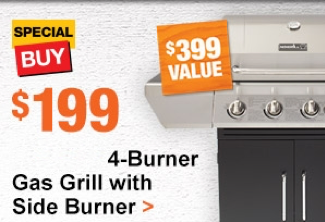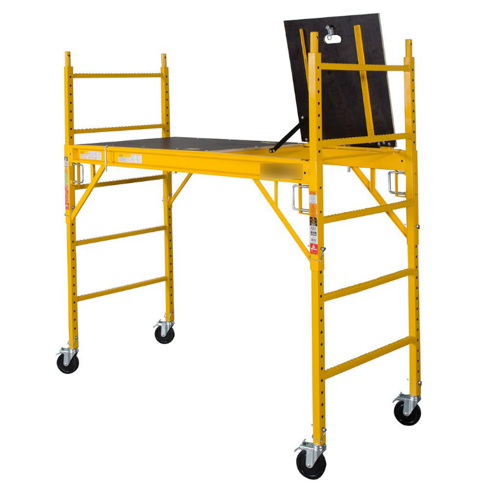Getting Into Brick & Mortar Stores
The primary goal for most manufacturers.
Being stocked in traditional brick & mortar retail stores continues to be the primary goal for most manufacturers. The path to achieving stocked status is evolving with the advent of e-commerce. An online test proves out success/failure and mitigates a Buyer’s risk quicker than traditional paths. While there are many paths to getting your product into the physical retailer’s stores, some of the traditional approaches are listed below:
Special Buys
In-Store Tests
Product Line Reviews
Business Reviews
Special Buys
All major retailers have a promotional planning calendar for the coming year. Understanding the submission timelines, format, pricing strategy, category margin and merchandising requirements for submissions can make or break your initiative. Once the promotion hits the stores, big-box retailers in many cases successfully execute your promotion at just 67%! Focusing on retail execution, (third party labor), point of sale by store (retail analytics), inventory replenishment during the promotional period and then executing an exit strategy is critical to your product’s future chances of being a stocked unit. (Shipping and forgetting is a thing of the past – taking ownership of your success means managing all steps through the register). A successful promotion can open the door to an invitation to participate in the next category line review.

In-Store Tests
Securing an in-store test and then performing successfully is every manufacturer’s goal. Reasons why a retailer would want to test your product or category can be innovation, superior performance, (including data to support your claim), gap opportunity, or retail margin expansion. Other reasons a Retailer would test a new product could be the incumbent requested a price increase, product performance issues (Customer online comments is a great resource) or product availability issues.
Prior to presenting your test, we work with Clients to evaluate the current shelf space, incumbent’s product (performance or efficacy) and estimated retail margin requirements, proposed markets (or a number of stores), performance metrics and test timeline. The retailer’s store isn’t getting any larger, so something needs to go away to make room for your test. A reset could be required which may include paying for a buyback or markdown dollars for existing inventory and the labor/fixtures/visual signage to implement your test. For DI Suppliers, keep in mind nearly all retail tests require domestic US inventory as back up. We work with our Clients to think through and plan for all scenarios prior to a Buyer presentation. If we cannot get a test through the “front door” by approaching the buyer directly, often we can work with the field to get a test. Most retailers have a field merchandising organization that can influence the home office to execute a test. We have deep relationships with several of these field organizations and can pursue tests through these avenues if necessary.

Product Line Reviews
A Product Line Review is a full review of the entire category by a retailer. This is an opportunity for new vendors to gain placement in the retailer’s assortment, and it is a risk for incumbents to potentially lose a portion of their current business.
These reviews include multiple competitors. When the PLR is announced, it accompanies the Buyer’s strategic objectives which may include: Innovation, Cost Out, Addressing Competitive Gaps, Assortment Optimization, Improve Product Presentation and Visual Merchandising, Special Buys, and Supply Chain Optimization.
As a part of PLR preparation, manufacturers are asked to provide the following:
- External Market Information: industry size/trends and market share by channel;
- Point of view on market and brand share;
- Competitive landscape (e.g., comp shops);
- Merchandising strategy including packaging, visual merchandising, assortment recommendations, and omni-channel opportunities; and
- Product cost and attributes.
Total Retail Group generally executes over 40 product line reviews annually and has participated in several hundred since we started the business in 2008. We have developed tools to help with many aspects of preparation from market sizing to competitive landscape monitoring. We are experts in understanding competitive costs, translating from target landed costs to FOB costing, and understanding the backend programs at most retailers.
We access our team’s extensive and diverse retail experience to help our clients bring a level of knowledge and insights to a line review that often exceeds the incumbent vendor.
Business Reviews
This type of review is held between PLRs for traditional categories. This review only includes incumbent Suppliers and the Buyer’s strategic objective for business reviews includes Bay/SKU Optimization. At Total Retail Group, our assortment analytics tool assists our Clients in driving data-based recommendations on assortment optimization.

